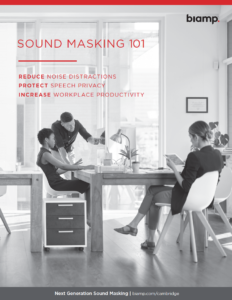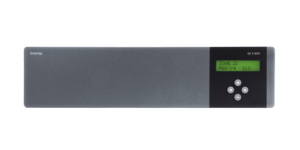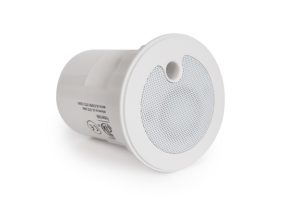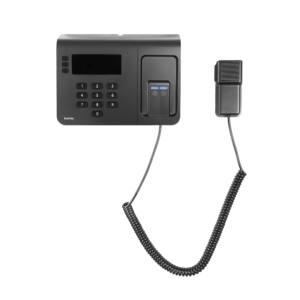There’s plenty of information online about how open offices are bad. One journalist even went as far as to call them “Satan’s Handiwork.” While the common complaints about open office environments including noise distractions, interruptions, and lack of privacy are well founded, (and well documented in this excellent New Yorker piece) they must have some benefit. After all, there has to be some reason why companies keep building them, right?
For example, look at the offices in the on officesnapshots.com – none of these really look like the devil’s handiwork to me. Facility managers, designers, and architects (when companies have the time and resources to employ them) are rarely trying to make offices boring and drab replications of the office from the Matrix – they are trying to make them elegant and functional. The recent trend is away from cubicles and towards common workspaces and areas. Those cubicle walls are coming down, partly because they are ugly, but also because companies are striving to create an environment that facilitates collaboration and transparency.
So the good thing is that new office spaces are cool looking and seem like fantastic places to hang out. Who wouldn’t want to chill in an office with a slide between floors and a Lego room? The bad news is that the ugly cubicle walls that are disappearing were also blocking sound. With so much open space in modern offices, conversations in open areas can be heard by people as far as 100 feet away. Many offices create private office spaces where people can take a phone call in private, but how do you mitigate excess noise distractions in the open areas where people are supposed to be collaborating – and presumably speaking to one another?
The most effective solution is to install a sound masking solution in the office space. Sound masking is the addition of an unobtrusive background noise into an environment that covers up excess noise in the environment. Small speakers that emit this noise are placed in the ceiling or mounted to posts, and it makes it so conversations that are 40-100 feet away are no longer overheard. With sound masking, companies can adhere to their open-office vision while ensuring the finished product is still an acoustically comfortable place to work.
This beautiful new office in downtown Boston used sound masking to create, in their words, “an open office experiment that actually worked,” and so did this Texas company who took the idea of an open-door policy very literally. As more offices move to more collaborative and aesthetically pleasing open-office plans, sound masking should continue to be a part of the trend.





